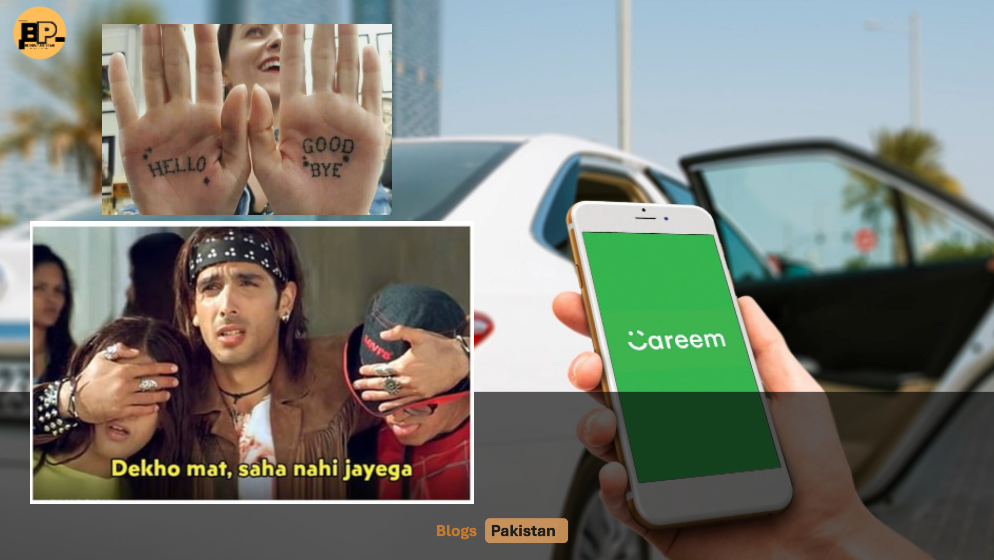It’s official: Careem is parking its cars for good in Pakistan. After nearly a decade of rides, rants, and countless conversations with chatty captains, the Dubai-based tech giant is wrapping up its ride-hailing services in the country on July 18, 2025.
But don’t delete the app just yet—this is not a full breakup. It’s more of a career shift. Careem’s green-caped presence will live on… just not in the way you’ve known it.
Let’s unpack what happened, why it matters, and what Pakistani and Indian users need to know in this bittersweet farewell to the app that once revolutionized how we commute.
From Start-Up Star to Street Savior – Careem’s Ride in Pakistan
Back in 2016, when traffic jams were the norm and rickshaws were the only semi-reliable mode of getting anywhere, Careem arrived with a promise: tap, ride, repeat. Starting with Karachi, Lahore, and Islamabad, it capitalized on the then-fresh wave of 3G and 4G mobile connectivity, bringing a whole new level of convenience to urban travel.
Suddenly, your “bhai ki bike” or that one friend with a car wasn’t your only hope anymore. Need to go to the office? Tap. Going to meet your rishta auntie? Tap. Avoiding your ex in public transport? You guessed it—tap.
It was the golden era of the Careem ride.
The Curtain Call – Why Careem Pulled the Plug
In a heartfelt announcement, Careeem shared that it will discontinue its ride-hailing operations in Pakistan on July 18, 2025. The statement, sent out via notifications and emails, thanked users for their loyalty over the years.
But why now?
Let’s get real. It wasn’t just a case of corporate heartbreak—it was economics, competition, and strategy rolled into one bumpy road. Here’s what played a role:
- Fierce Competition: Global and regional players like Yango and inDrive began dominating the market with more flexible pricing and newer models. found itself pushed out of the front seat.
- Economic Turbulence: Pakistan’s economy hasn’t exactly been on cruise control lately. Rising inflation, currency devaluation, and fluctuating fuel prices made it tough to sustain a business based on affordability and convenience.
- Strategic Pivot: As per CEO Mudassir Sheikha’s LinkedIn post, global capital constraints meant investments needed stronger returns. Maintaining a safe and dependable ride service just wasn’t feasible anymore.
What Happens to Careem Users and Wallets?
If you’re sitting with a few hundred rupees in your Careem Wallet, don’t panic. The company has promised clear instructions soon on how to reclaim remaining balances.
Also, if you have any complaints, lost items, or unresolved refund issues, the Careem Care support center will remain active till September 18, 2025. That’s two full months of customer service (aka digital chai and sympathy) to help you wrap up any pending matters.
Pro tip: If you’ve ever lost your sunglasses, your patience, or your charger in a Careem ride, now’s the time to file that long-forgotten complaint.
Not the End—Just a New Route
Here’s the twist in the plot: Careem isn’t leaving Pakistan completely.
While it’s hitting the brakes on ride-hailing, Careem Technologies—the new-age tech spin-off building the “Everything App”—will continue to operate from Pakistan. That means the brainpower, coding talent, and tech support behind the scenes still call this region home.
So, while you won’t be hailing a green car anymore, Careem might still power your grocery orders, delivery services, or even future digital tools through its backend operations in Pakistan.
A Look Back at the Careem Era – From Rides to Memes
Let’s be honest, Careem wasn’t just a ride-hailing app—it was a cultural vibe.
- The funny captain convos? Legendary. Some captains gave life advice. Others offered real estate tips. One even asked someone to sing in exchange for a discount (true story).
- Promo code treasure hunts? It was like a weekly lottery where people shared codes like family recipes.
- The Careem vs Uber debates? They divided friends and households. “Uber’s better, yaar.” “No way, Careem has better captains.” We all had our loyalty.
- Late-night emergency rides? Careem was the unsung hero of heartbreaks, exam panics, and forgotten birthday dinners.
So, What Are the Alternatives Now?
If you’re wondering how to survive the Karachi heat or Lahore traffic without Careem, worry not. You’ve still got options:
- inDrive – Known for its bargain-style pricing where you offer your fare.
- Yango – Backed by tech giant Yandex, they’re expanding rapidly in Pakistan.
- Bykea – Especially good for bike rides and deliveries.
- Uber (in some cities) – Still around, though quietly.
While none fully replicate Careem’s vibe, they offer reasonable reliability and pricing for daily travel.
It also creates more urgency for the government and private sector to support innovation in mobility solutions—especially in high-density cities like Karachi, Lahore, and Islamabad.
Final Thoughts – Thank You for the Ride, Careem
Carem may have stopped giving rides, but it’s safe to say it gave us a ride we’ll never forget. From making urban commuting bearable to changing how we perceive service, safety, and digital convenience, Careeem did more than drop us off at destinations—it moved the industry forward.
So the next time you’re in a Yango, or inDrive, or heaven forbid, a rickshaw stuck in traffic, remember: Careeem walked (or drove) so others could run.










